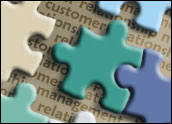
I have been known to do things for money. I bet you have too, but doesn’t it sound funny to put it that way?
I just got off a phone briefing with Freshdesk, an Indian company with a subscription customer service and support system that it refers to as a “helpdesk.”
Freshdesk has most of the bells and whistles you might expect to find in a solution like that, and it has gamified the business processes as well.
That’s what inspired this column. Here’s my thinking.
In the Beginning
It starts with customer experience. There is a great deal of buzz around the idea of the customer experience right now.
On Monday, Oracle announced the results of a research study it commissioned that shines a light on the CX challenge. The net of it is that the CX ramp is in its early days –executives aspire to be leaders in CX, and their readiness to meet that challenge lags significantly.
If you’ve been in the CRM space for any length of time, you might recall that CX has been around for years. I can think back to the beginning of the century when gurus like B. Joseph Pine were evangelizing CX in books like The Experience Economy; yet despite all the attention given to CX, the needle has barely moved if you agree with the Oracle data. Why?
Well, one good reason is that theory precedes product and practice — sometimes by decades. For instance, the original research that got us thinking about social networking came out of Harvard and other universities in the 1950s and 60s, but it had to wait for computers and networks and storage and thumb typing before it got real.
CX is like that, I think. It’s been waiting for things like social, Big Data, and analytics — and maybe even gamification — to catch up with the big thinking on the subject. It’s all here now, though, which brings me back to the folks at Freshdesk and my rather simple idea.
With gamification a possibility for nearly any business process, why don’t we drop the pretense that people like to compete for badges, prizes, and status? Why not just cut to the chase and use money as the reward? Sound strange? As I said at the beginning, I have done things for money — selling software, that is — so why aren’t we exploring more ways to use incentive compensation to achieve some of our CX objectives?
Time for Change
I’m going too fast — let’s back up a moment. Providing outstanding customer experiences is the aim of most companies I know about. They all define “CX” differently, but in the end, it’s all about making sure you delight customers and keep them coming back. So why do we provide incentive compensation to salespeople but offer trinkets to our customer service people?
It might have made sense back in the day to do this because when markets are new, you want to heavily incentivize salespeople to hunt for the biggest game they can find. At the same time, customer service is a necessary bit of overhead that companies invest in to provide the handholding that neophyte customers need to figure out products that might be just a tad green.
In early markets, the fact that the new whiz-bang offering works at all delights customers, but that’s not the case today. As I have said many times, today’s markets have a strong zero-sum component — the rapid adoption phase is over in many markets, and revenue is dependent on cross-selling, upselling, and stealing (other vendors’ customers, that is).
The stealing gets done by your hunters in sales, but the cross-up sales happen in customer service — especially if you are a subscription company. Hence my question: Why not use incentive compensation in customer service? Maybe you are, and I should write a paper about you.
To be clear, any customer service organization should want its people to be successful, and using incentive compensation doesn’t mean going 100 percent in that direction. But an 80/20 split of targeted compensation (with a base of 80) might do many of the things for customer experience that we’ve been waiting for software to do.
I don’t think software alone will get you to the Promised Land. A customer service encounter requires agents with high emotional IQ to read people on the other end of the channel and to make the right moves. You have been on the line with really good service agents before, and so have I, and I can tell you the difference is palpable.
So now imagine what it might be like if you could reward those people with something more than a badge or points? What might it be like trying to hire and staff a customer service center if there were real upside compensation potential?
Freshdesk got me thinking about all of this. Perhaps the real home of gamification is in incentive compensation. It seems like all the tools are in place, finally, to change the ways we provide service. We have CRM, social media, analytics, and gamification. It’s time to reevaluate the service paradigm, I think.


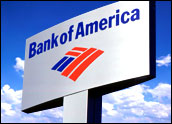
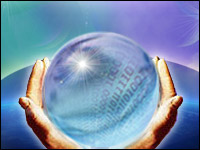



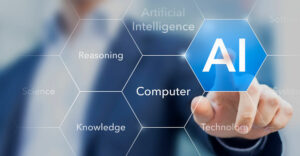

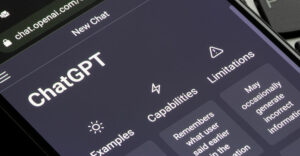

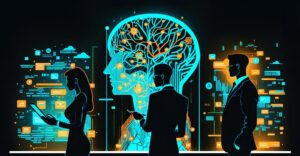

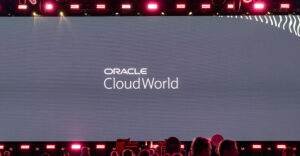




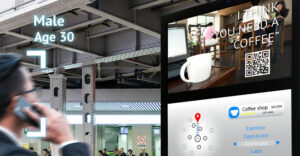
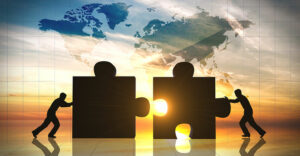













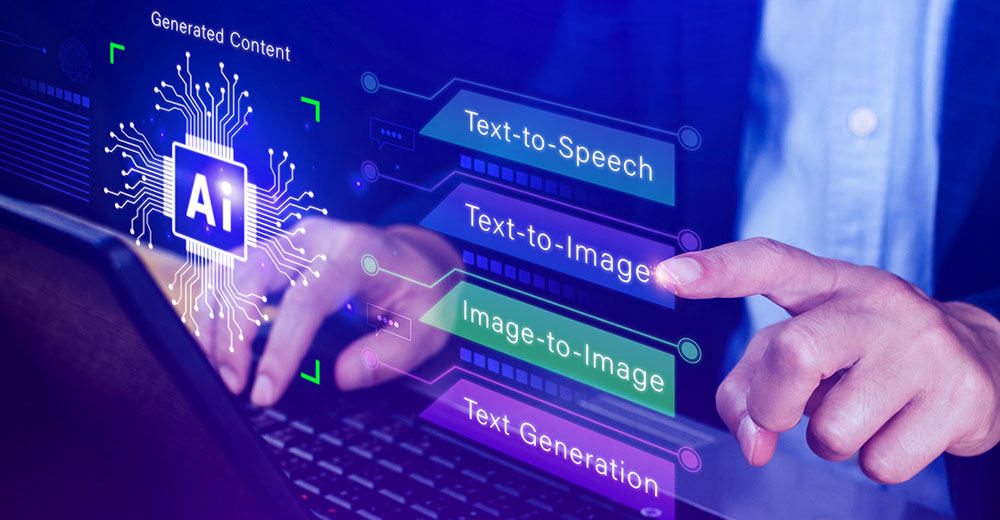




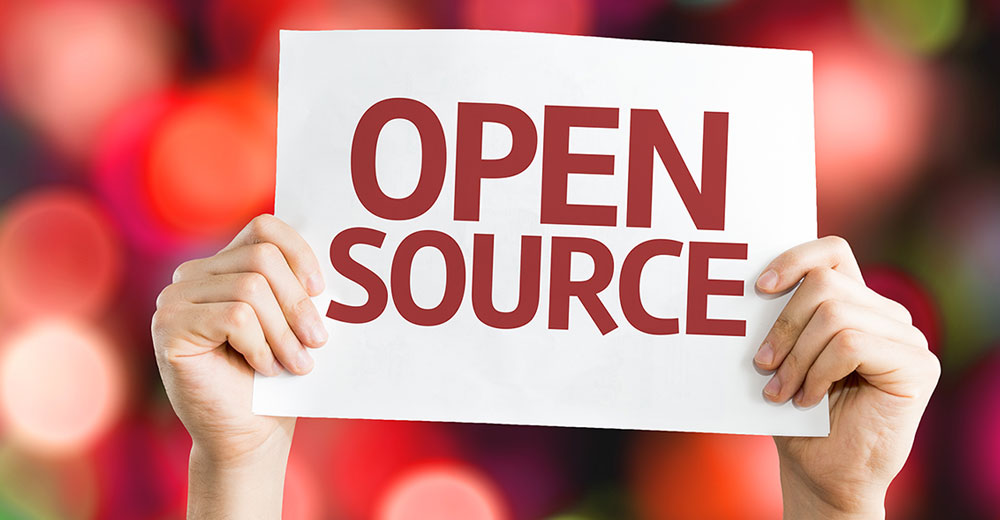






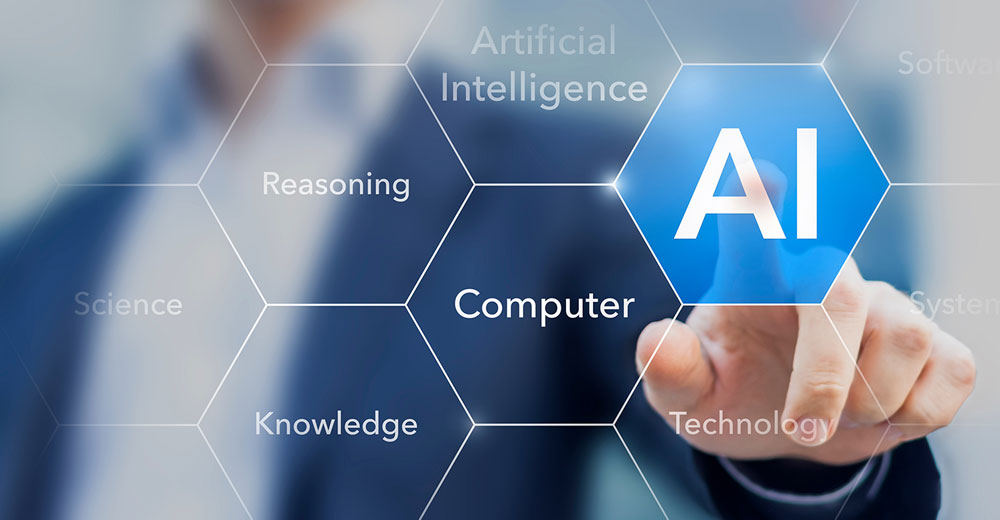
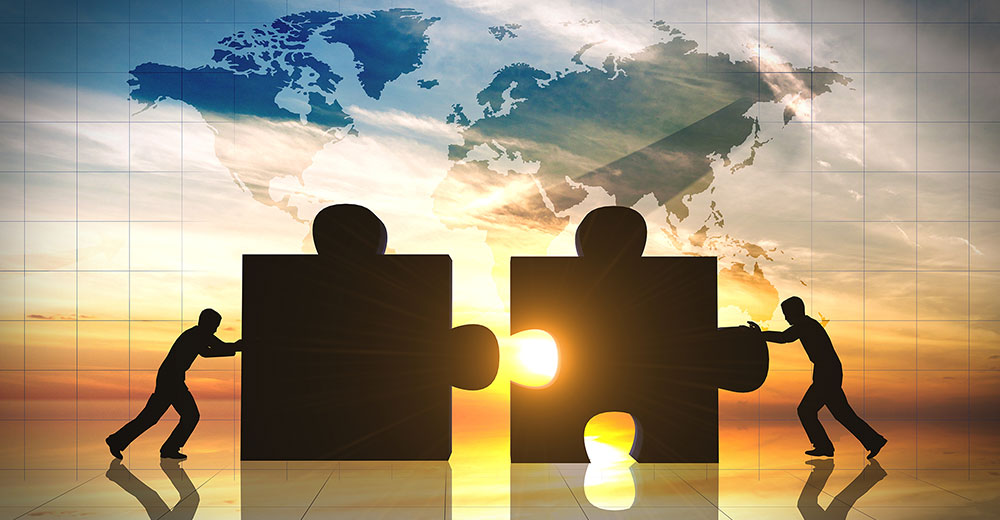
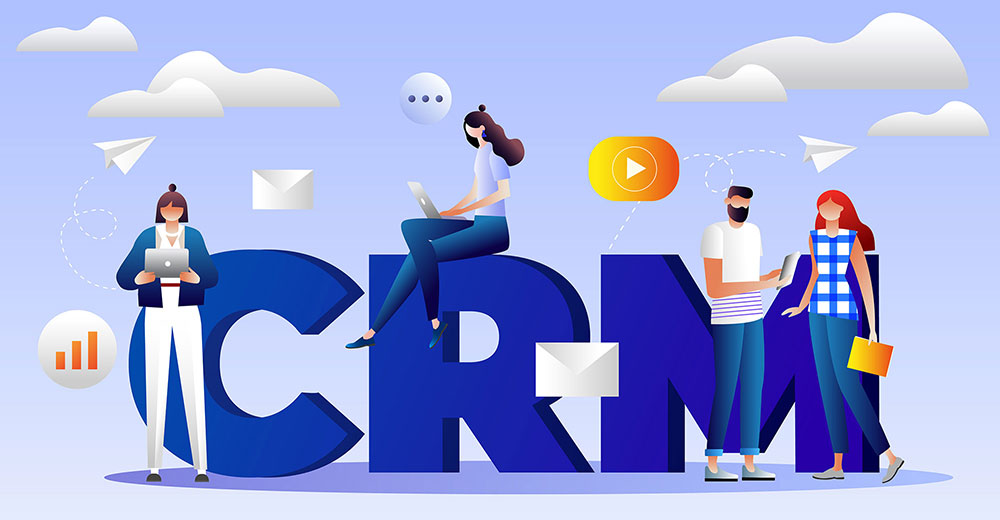


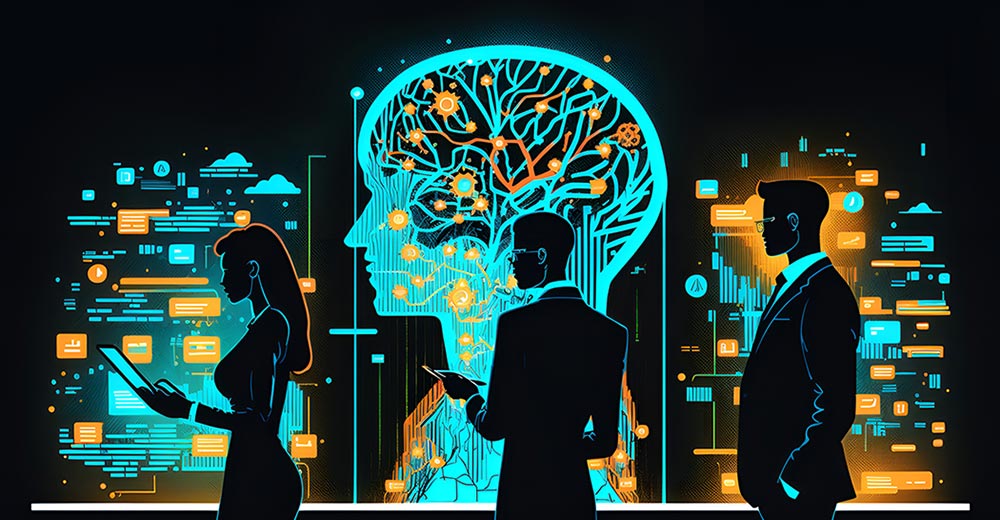

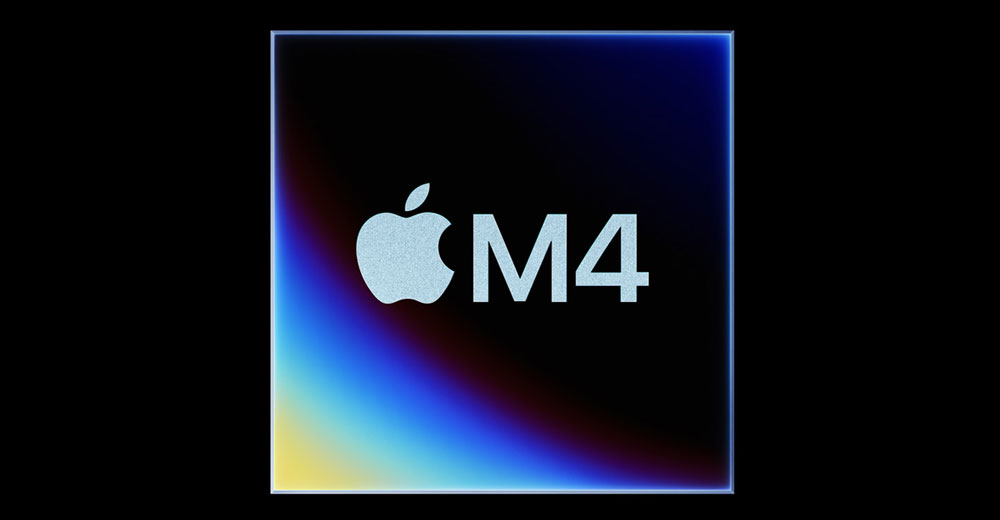




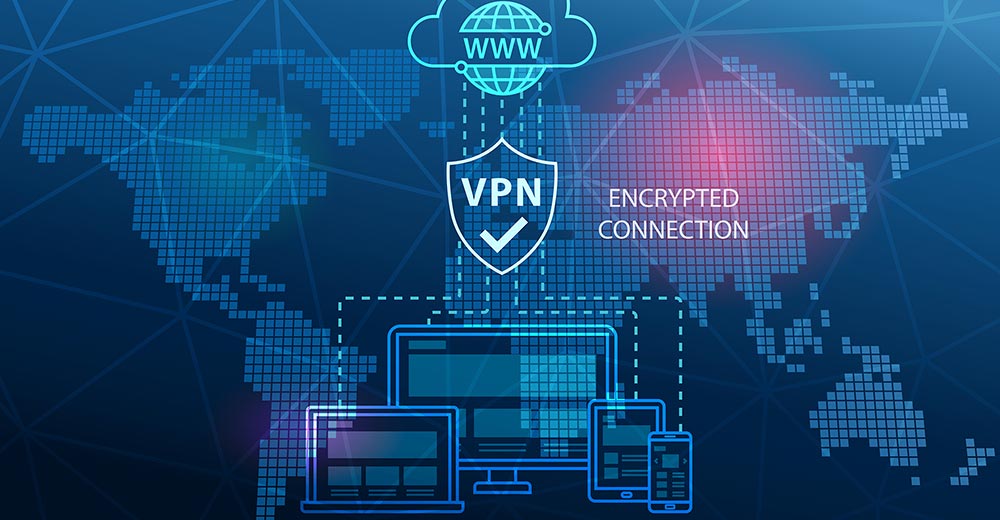
Denis, your post brought a smile to my face, on the issue of the badges and such. I do have some answers on the "money" as incentive thing, though, and you see it a lot. You always get unintended negative consequences from reward systems (any ones, but the more valuable, the worse it gets). Olympic Badminton Scandal: Beware The Rewards And Goals You Set is one article you might want to look at: performance-appraisals.org/Bacalsappraisalarticles/articles/olympicgoals.htm